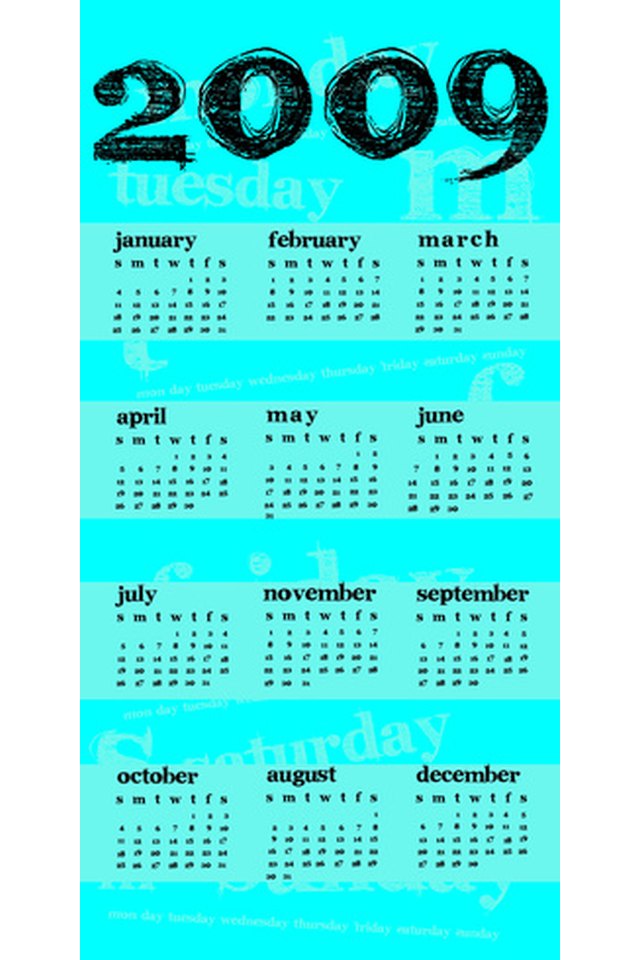How to Make a Multiple Team Weekly Pairing Schedule for a League

Making a schedule for multiple teams in a weekly league is simple to do with some time and planning. Most leagues follow a pattern that has every team playing one another once. No matter how many teams are in the league, they can always be broken down into one of two categories, even or odd. Each category follows a simple formula to ensure each team plays each of the other teams, as well as has a structure to reduce confusion.
Making the Schedule
Number each team in the league.
Example: In a league with 10 teams, number each team 1 through 10. In a team with 13 teams, 1 through 13.
For a hypothetical league with an even number of teams:
Pair the lowest numbered team (1) with the highest numbered team (40). Continue pairing the teams in this fashion until every team is paired.
Example: 1/40 2/39 3/38 4/37
This is the first week's schedule.
If there is an odd number of teams in the league, follow this example, which uses a league with nine teams:
Pair the second-lowest numbered team (2) with the highest numbered team (9). Continue pairing teams lowest to highest until all teams are paired.
Example:
2/9 3/8 4/7 5/6 1/bye
Team No. 1 will have a bye in the first week.
For a league with an even number of teams: For the second week, each team's opponent is determined by moving one number higher or lower among the roster of teams.
Example:
1/39 2/38 3/37 20/40
This is the second round of the league's schedule.
Odd numbered league:
Insert team No. 2 into the bye spot. Last week's bye team, team No. 1, assumes the position of team No. 2. The league then rotates with each lower-numbered team from the previous week's match moving down a numbered team for the second week.
Example: 1/8 3/7 4/6 5/9 2/bye
The bye designation is basically used as the extra team.
For both leagues, odd and even numbered:
Follow the rotational patterned described above until the teams return to their original match-ups.
Tips
It is always easier to create one master schedule as described above first, and then create smaller subsections such as conference games that require smaller schedules inside a larger schedule.
Tips
- It is always easier to create one master schedule as described above first, and then create smaller subsections such as conference games that require smaller schedules inside a larger schedule.
